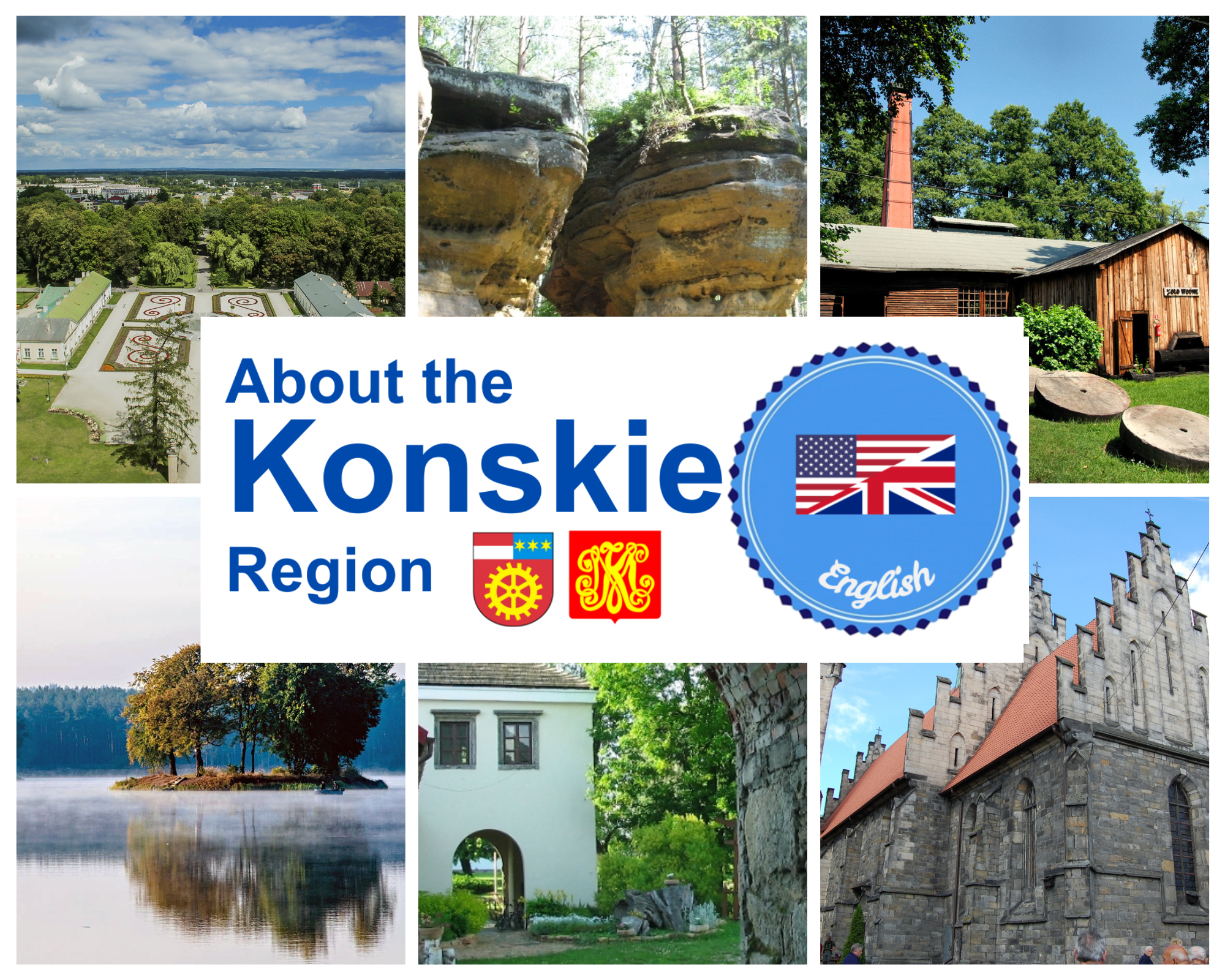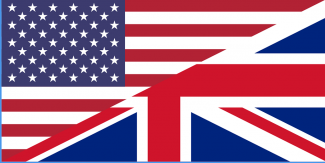About the Końskie region
A bit of the  town history first: The Odrowąż family were the first owners of Końskie. From that time (XII c.) come the first records mentioning its existence. A town developed around the church founded by the Odrowąż family. Końskie was granted its city rights at the turn of the XIII century to lose them in the XV century.
town history first: The Odrowąż family were the first owners of Końskie. From that time (XII c.) come the first records mentioning its existence. A town developed around the church founded by the Odrowąż family. Końskie was granted its city rights at the turn of the XIII century to lose them in the XV century.
Rafał of Małachowice, castellan of Sieradz, bought the village of Końskie in the mid-XVII century. Końskie rapidly developed under the rule of that powerful magnate family, especially when it was managed by the Great Chancellor of the Crown Jan Małachowski. Końskie regained its municipal rights granted by king August III (1748). At that time the name of the place was Końskie Wielkie and its crest featured the JKM letters on red background meaning „Jan Małachowski the Chancellor”. A construction of a sumptuous residence was planned but it was never built. Only a large park was arranged and a number of outbuildings were raised.
In the XVIII century Końskie economy was based on agriculture, trade and crafts (stage-coaches, britzkas) as well as on metal industry. Many forging shops and foundries were located near Końskie. The period of the town’s decline came with the final partition of Poland in 1795.
Count Jan Tarnowski bought Końskie at the end of the XIX century. A new railway line joining Końskie via Koluszki with Bodzentyn was opened in 1885, and gave the town a chance of further development. Economic stagnation marked the time of World War I and the inter-war period. World War II, especially the period of the Nazi occupation, evokes tragic memories. Arriving in Końskie, the Germans started immediately the extermination of its population. All Jews were enclosed in the ghetto, the synagogue was burnt and a prisoner-of-war (POW) camp was set up. Nearly 14.5 thousand people of the Końskie county were murdered.
Many partisan units operated in the region of Końskie. The Germans were often confronted by the units of the Home Army (AK) commanded by Waldemar Szwiec (“Robot”) and Antoni Heda (“Szary”) and the famous grouping of major Henryk Dobrzański (“Hubal”). Due to the effectiveness of their operations, the Germans called Końskie the Banditenstadt. Końskie was liberated on 16 January 1945. In 1985 it was decorated with the Order of the Grunwald Cross 2nd Class.
A more detailed description of the history & tourist attractions of the town of Końskie is available in the publication "Through Końskie and Sielpia... to Heaven" (p. 9-22), published in 2014. More brochures in  about Końskie & the Świętokrzyskie (Holy Cross) region can be found on our website in the tab of E-Publications.
about Końskie & the Świętokrzyskie (Holy Cross) region can be found on our website in the tab of E-Publications.
Below you will find the most noticeable landmarks in the commune & county of Końskie, classified in different sections according to their location, features or history.
| |
Monuments & history of the JEWISH community in the TOWN & REGION of Końskie | |
Local Souveni rs: In the cosily designed interior one can find, primarily, many kinds and flavours of tea & coffee, sold by weight and beautifully packed. On offer there are also cups, mugs and of corse souvenirs. One can buy magnets, postcards and amazing handicraft with folk decorations. Those interested can also participate in workshops or order a small reception to be organised. The shop is located at ul. Pocztowa 2 in Końskie. Opening hours: Monday – Friday 9:00 – 17:00; Saturday 9:00 – 14:00.
rs: In the cosily designed interior one can find, primarily, many kinds and flavours of tea & coffee, sold by weight and beautifully packed. On offer there are also cups, mugs and of corse souvenirs. One can buy magnets, postcards and amazing handicraft with folk decorations. Those interested can also participate in workshops or order a small reception to be organised. The shop is located at ul. Pocztowa 2 in Końskie. Opening hours: Monday – Friday 9:00 – 17:00; Saturday 9:00 – 14:00.
Other souvenir places & gift shops in the province worth recommendation are, inter alia, as follows:♦ Regional Tourist Information Centre in Kielce ♦ Park of Legends in Nowa Słupia (Park Legend, Nowa Słupia) ♦ PTTK (the Tourist and Sightseeing Society, division in Kielce), ♦ CEMI (Workshop of Regional Ceramics, Święta Katarzyna), ♦ A Pinch of Charm in Święta Katarzyna (Szczypta Uroku, Święta Katarzyna) ♦ PUCHATEK (a department store, ul. Sienkiewicza 33, Kielce) or ♦ Museum of Minerals and Fossils in Święta Katarzyna (Muzeum Minerałów i Skamieniałości, Święta Katarzyna).
 You may also be interested in the following:
You may also be interested in the following:
 Tourist Information Centre, address: ul. Partyzantów 1, 26-200 Końskie (in the building of the Public Library of the Town and Commune of Końskie, in the town park)
Tourist Information Centre, address: ul. Partyzantów 1, 26-200 Końskie (in the building of the Public Library of the Town and Commune of Końskie, in the town park)
tel. +48 534 042 989
e-mail: informacja@konskie.travel; website: konskie.travel
 Polish Tourist and Sightseeing Society (abbreviated in Polish as PTTK), division in Końskie. Address: ul. Partyzantów 1, 26-200 Końskie. e-mail: biuro@pttkkonskie.pl; website: pttkkonskie.pl (content available in Polish only).
Polish Tourist and Sightseeing Society (abbreviated in Polish as PTTK), division in Końskie. Address: ul. Partyzantów 1, 26-200 Końskie. e-mail: biuro@pttkkonskie.pl; website: pttkkonskie.pl (content available in Polish only).
 The official site of the Tourist Information Centre of the entire ŚWIĘTOKRZYSKIE province, available in English. You can find here main tourist attractions, events or activities depending on your interests.
The official site of the Tourist Information Centre of the entire ŚWIĘTOKRZYSKIE province, available in English. You can find here main tourist attractions, events or activities depending on your interests.

 In the region of Końskie there are many walking and bicycle trails running past attractive regional monuments, be it nature, architecture or tradition / history related ones. More about the trails.
In the region of Końskie there are many walking and bicycle trails running past attractive regional monuments, be it nature, architecture or tradition / history related ones. More about the trails.
 Last but not least, Entertainment & Leisure options in the region i.e. more about how to have fun, indulge oneself or simply spend free time in & around Końskie. Besides ♦ hiking & cycling, ♦ relaxation by water or ♦ cyclic festivals offered in the town & its neighbourhood, cosy eateries, bars, bistros, sports, cultural or educational facilities are at hand and welcoming to host guests too! Find out more.
Last but not least, Entertainment & Leisure options in the region i.e. more about how to have fun, indulge oneself or simply spend free time in & around Końskie. Besides ♦ hiking & cycling, ♦ relaxation by water or ♦ cyclic festivals offered in the town & its neighbourhood, cosy eateries, bars, bistros, sports, cultural or educational facilities are at hand and welcoming to host guests too! Find out more.
translated & developed by Anna Kania, the employee of the Tourist Information Centre in Końskie





